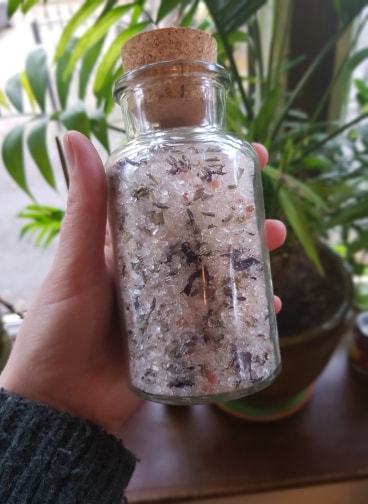
Foraging in winter time can be quite surprising; most plants and fungi seem to have had their moment, but still you may find edible plants such as bittercress, common sorrel, black mustard and can even harvest roots such as wood avens or dandelion as foodstuff and medicines. You are still likely to come across berries too such as hawthorn (I make a fruit leather from these that is great for heart health) and blackthorn berries are very popular for infusing with alcohol to make ‘sloe’ gin, vodka etc. Fungi-wise, you may see still some velvet shank and winter chanterelles.
I realise however, that for a beginner, this could still seem a bit far removed from what they may actually go and try out (unless accompanied by someone), so I’d recommend making pine & spruce needle tea as it’s available and easy to spot this time of year, very easy to make and very enjoyable – it has excellent medicinal benefits too!
Simply cut a few large springs off the ends of pine and spruce trees (spruce is spikey – be careful), crush with the base of a cup and leave in water (around 4 cups full) to infuse overnight. Bring to a simmer for 10 minutes the next day, sieve and drink.
Identification is easy; on Scots pine, needles are arranged and attached to the branches in clusters of two – ‘paired pine’ & Spruce needles are sharply pointed (‘spikey spruce’), square and easy to roll between your fingers. Both needles are edible and you can try the needles beforehand to get the fresh, citrusy taste. Such a tea can help with decongestion and help clear phlegm (perfect this time of year).
Pine also contains amazing compounds called proanthocyanidins which have been shown to have amazing antioxidant effects that can help support good cardiovascular health (Park et al, 2011).
Christmas present wise, the bath salts are a good one as they can incorporate wild or garden grown plants in several ways. First you can dry your garden flowers such as calendula, borage and lavender then add to the bath / spa salts at a later date. This will introduce beautiful scent, help with relaxation as well as having other benefits such as softening the skin (they are all edible and can be added to salads too – best when fresh). Wild rose petals and wood violet flowers are also edible and good for drying & adding to bath salts.
You can also incorporate wild plants such as dog rose petals and ferns into gift making through hapazoming (natural printing with plants). I did this on small cotton bags (bath salt sachets) so the gift had dried herbs in the with the salts and the packaging itself was decorated by this natural printing technique. Both hardy ferns and some rose varieties can be found this time of year, as well as smaller leafy greens such as sorrel, nettle, dandelion leaf, plantain, and other small plants (if you find a sheltered enough area!) – are all good for hapazoming.
